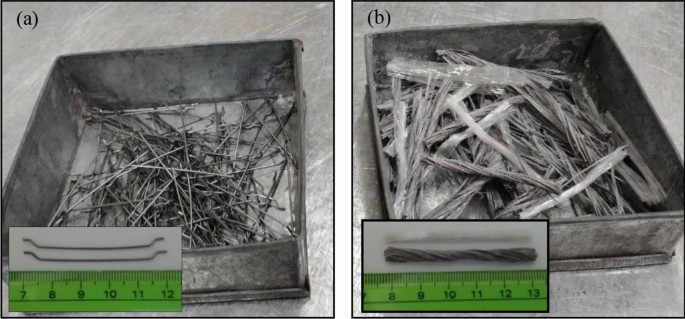Explore the benefits of using SFRC, including increased flexural and shear strength, improved impact resistance, and enhanced crack control. Learn properties of steel fiber reinforced Concrete leading to more resilient and long-lasting structures.
Properties of Steel Fiber Reinforced Concrete: Unleashing Strength and Durability
Steel fiber reinforced concrete (SFRC) exhibits unique properties that significantly enhance the strength and durability of concrete structures.
By incorporating steel fibers into the concrete matrix, SFRC offers numerous advantages over conventional concrete. Explore the exceptional properties of SFRC that contribute to improved performance and longevity.
Increased Flexural and Shear Strength
The addition of steel fibers to concrete increases its flexural and shear strength. These fibers provide additional reinforcement, enabling SFRC to withstand higher loads and stresses.
SFRC is ideal for applications such as beams, slabs, and walls, where increased strength is essential for structural integrity.

Improved Impact Resistance
Steel fiber reinforcement enhances the impact resistance of concrete structures. The fibers distribute energy upon impact, reducing the risk of cracks and fractures.
SFRC is commonly used in applications that require resistance to heavy loads, such as industrial floors, pavements, and bridge decks.
Enhanced Crack Control
One of the significant benefits of SFRC is its superior crack control capability. Steel fibers act as micro-reinforcement within the concrete, effectively inhibiting crack propagation.
They bridge micro-cracks that occur during curing or under load, minimizing crack width and preventing further crack development. This property ensures the longevity and durability of SFRC structures.
Improved Durability
SFRC exhibits excellent durability due to the combined effects of steel fibers and concrete. The fibers reinforce shrinkage, thermal stresses, and chemical attacks, resulting in a longer service life for structures exposed to harsh environments.
SFRC is widely used in marine structures, tunnels, and infrastructure projects where durability is paramount.
Example Applications of SFRC
SFRC finds applications in various construction projects worldwide. For example, in the construction of high-rise buildings, SFRC enhances the strength and performance of columns, beams, and slabs, ensuring structural stability.
In transportation infrastructure, such as bridges and roadways, SFRC offers improved resistance to heavy traffic loads and harsh weather conditions.

Conclusion
Steel fiber reinforced concrete (SFRC) possesses exceptional properties that elevate the strength, durability, and crack resistance of concrete structures.
By incorporating steel fibers, SFRC delivers increased flexural and shear strength, improved impact resistance, enhanced crack control, and extended durability.
This innovative material is revolutionizing the construction industry, leading to the development of more resilient and long-lasting structures.
In summary, SFRC is a game-changer in construction. Its properties make it an ideal choice for applications that demand strength, durability and crack resistance.
By leveraging the advantages of SFRC, the construction industry can create structures that withstand the test of time, ensuring safety and longevity.